ZTE Axon 40 Ultra bends the rules of smartphone cameras to reach the next level

This story is sponsored by ZTE. PhoneArena's opinions in this article have not been affected in any way!
Let’s take a look at what ZTE has cooked up for us!
Triple 64 MP main cameras

It has become the norm for top-tier smartphones to have three cameras on the back nowadays — a main wide-angle, an ultra-wide-angle, and a telephoto zoom camera. However, it has also become the norm for the main camera to be the “best”, while the others have slightly lower resolutions or lack important features like stabilization.
The icing on the cake is that you can record 8K video with any one of the lenses — again, no “favorites” here, there’s no one “main” camera that can go super-high-res. All of them do.
ZTE Axon 40 Ultra pre-orders are live now!
A new type of wide-angle lens

Typically, the main wide-angle lens of smartphones has a focal length of about 26 mm (equivalent). This was great in the past, when ultra-wide secondary cameras were not a thing, as 26 mm is kind of capable of allowing you to capture a lot of things into the frame, without crossing the border of being “too wide”.
Still, 26 mm is not the best for capturing people, especially groups of them — faces or bodies that are towards the edge of the frame can get bent or distorted, resulting in “banana head” effects.
The ZTE Axon 40 Ultra has a 35 mm (equivalent) wide camera. This is considered by photographers to be the most versatile focal length, as its imaging captures objects, figures, and landscapes in a way that appears more natural to our eyes, yet it still gives us some width to work with while setting up a shot.
That’s why ZTE calls it a “humanity” camera.
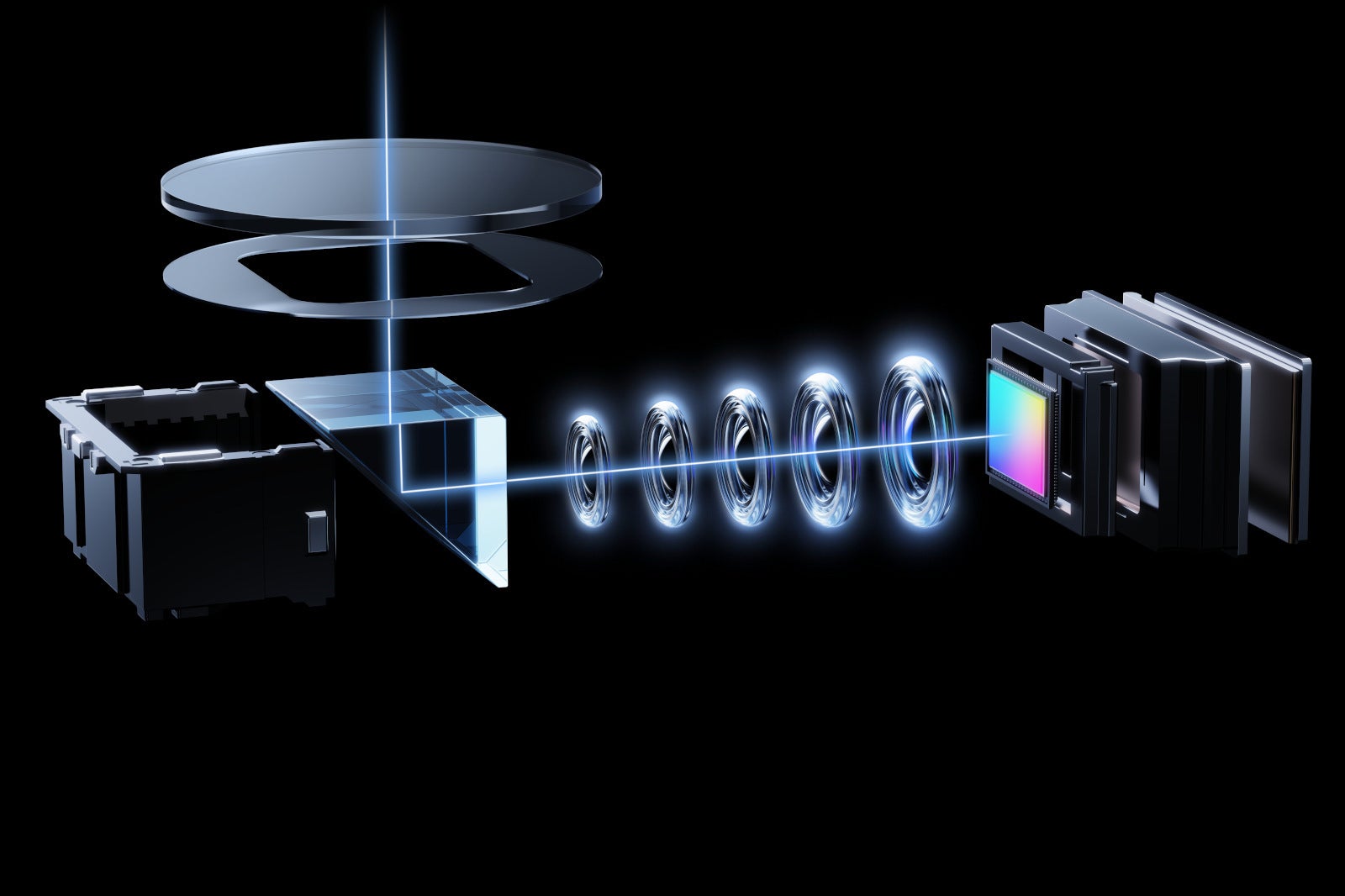
Across the 16 mm ultra-wide, 35 mm wide-angle, and 91 mm telephoto cameras, we have a total of 5.7x zoom range. The 91 mm is also a perfect focal length for honest portraits with deep, creamy backgrounds.
The quality of Sony IMX787 sensors
Sony’s IMX787 is a new sensor for 2022 that’s touted as state-of-the-art. It is specifically made for smartphones, obviously, but it’s still relatively large for what it is — measuring at 1/1.3” (for reference, the Galaxy S22 Ultra main sensor is 1/1.33”). The IMX787 is known for fast response and autofocus and its energy-efficiency.
Speaking of which…
Full pixel omni-directional autofocus
Thanks to the high-tier Sony sensors, the ZTE Axon 40 Ultra can utilize dual full-pixel omni-directional autofocus. Yes, that is a lot of words, but essentially, it means that the Axon 40 Ultra’s camera sensors utilize the full extent of imaging pixels to also achieve phase-detection autofocus with speed and accuracy. This is the latest-and-greatest of focusing techniques on smartphones.

Pre-set your focus
Sometimes, even the fastest focusing can’t get the right photo in the right time. If you are prepping up an action shot (think — setting up the camera to capture a basketball player’s dunk), you can pre-set your focus distance and lock it. Then, just wait — as soon as your desired subject is in sight, press the shutter button and the fast camera will do the rest.
Adaptive shutter algorithm
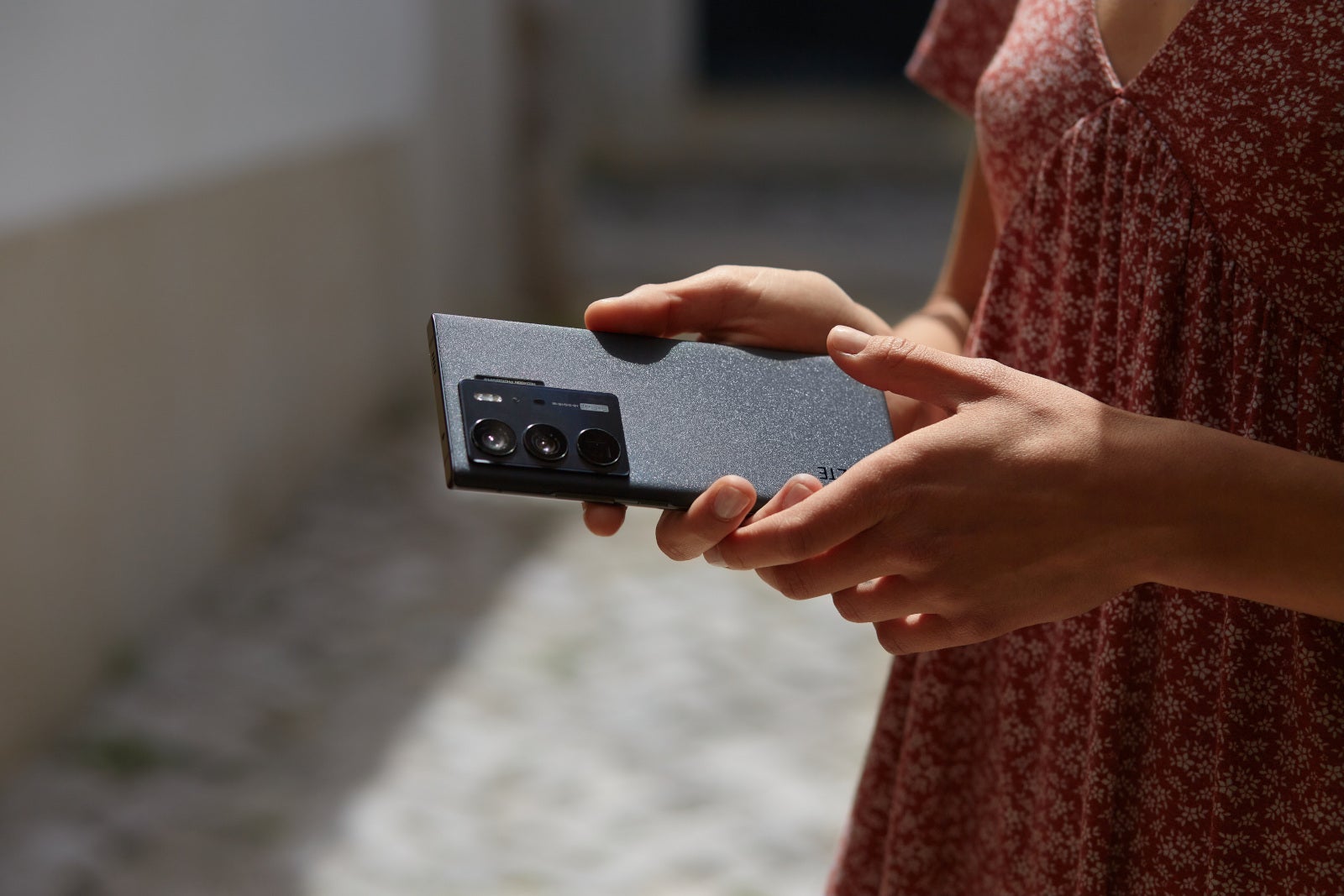
Taking sharp, non-blurry photos is not just about the perfect focus — sometimes, we need the right shutter speed and a steady hand. But, we all know the nature of mobile photography — often, you are holding the phone in-hand, perched on an inconvenient spot, trying to capture the perfect moment.
In those moments, shaky hands can be an issue.
The ZTE Axon 40 Ultra utilizes a special imaging algorithm — an AI engine will detect motion and jitter, and the shutter speed will be optimally adjusted. When you take a photo, the phone will take a few captures, all at different exposures. After this, it will look for the sharpest, cleanest captures of your moving subject, and it will stitch together a clear image of what you were trying to photograph.
Fully hidden front camera
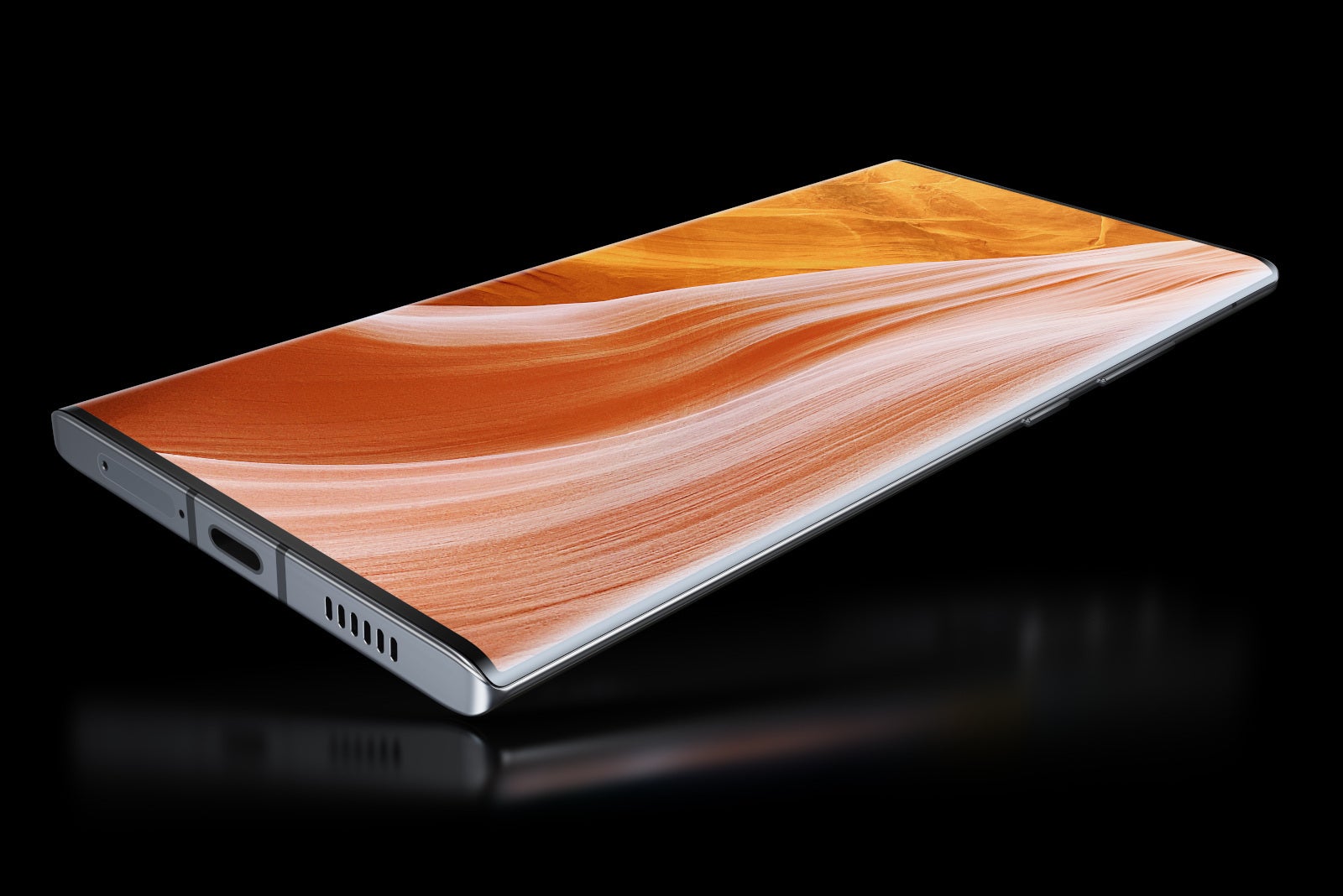
Last year's ZTE Axon 30 showed us how good ZTE is at hiding the selfie camera under active pixels in the display. No punch-holes, no notches, the whole screen was uninterrupted. This year, the technology is perfected and is coming to the Axon 40 Ultra to give us a fullscreen experience at all times.
To achieve this, ZTE uses a matrix of specially arranged subpixels, blanketing the area of the display where the selfie camera is. These are driven by their own dedicated pixel driver and are synced to work in tune with the rest of the display by a state-of-the-art “UDC Pro” chip.
When you need the selfie camera, the pixels shut off and leave room for the lens to work. At all other times, the “hole” is seamlessly covered and inpercievable.
The power to go all day
To round off the package and give you more time to spend with those 64 MP primary cameras, ZTE has outfitted the Axon 40 Ultra with a 5,000 mAh battery, which should comfortably last us a full day. To top it off, it supports 65 W fast charging. To put things in perspective, the Axon 30 Ultra had a 4,600 mAh cell, lasted a day, and its 65 W brick was able to charge it from 0% to 100% in less than 50 minutes. We expect slightly longer battery life for the Axon 40 Ultra and pretty much the same quick charging.
Where to buy
Pre-orders are live now!
Sales for the ZTE Axon 40 Ultra will be kicking off for international markets on the 21st of June, priced at $799 / €829 / £709. If you want one, you can pre-register your purchase in the period from the 8th of June to the 21st. Pre-order reservations cost $1.99 / €1.99 / £1.99, but they will secure you a special discount of $50 / €50 / £40 when the phone ships.
Follow us on Google News









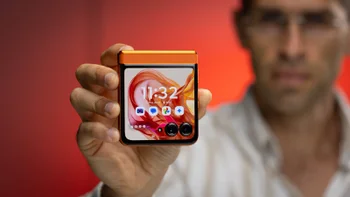
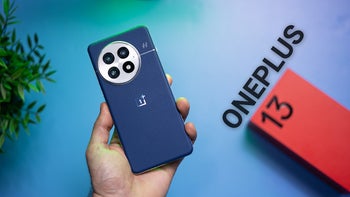

Things that are NOT allowed:
To help keep our community safe and free from spam, we apply temporary limits to newly created accounts: